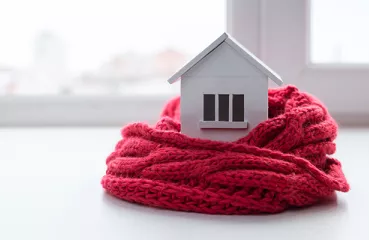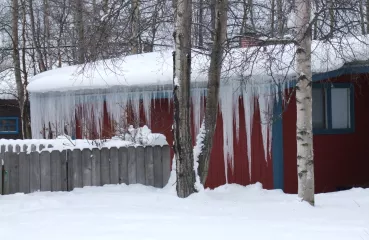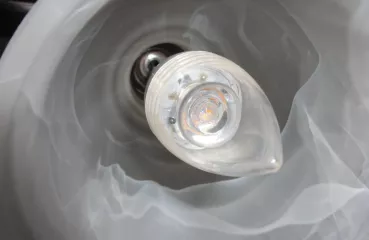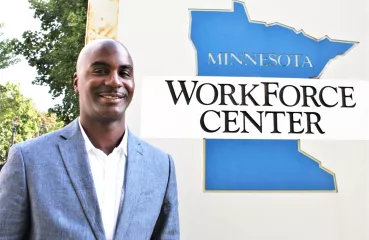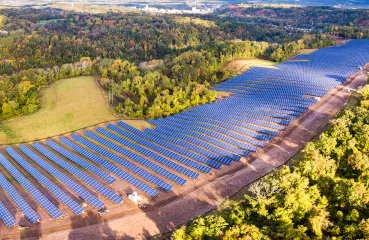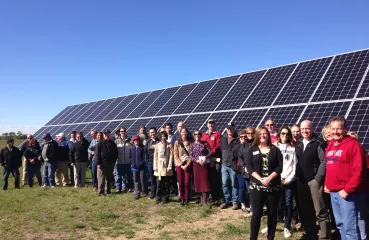Marie Donahue: I appreciate that, recognizing the different ways that we as customers of utilities are probably looking at or approaching energy efficiency. We just talked about how you've adapted in recent months, but are your teams looking ahead to the fall and winter and preparing for how your process might adjust? Any advice that you are now giving to folks you're talking to in these times with COVID and then as we approach the winter months?
Danielle Hauck: Absolutely. So one of the resources we've spent a lot of time leveraging in the last year, even before COVID, is a new website CEE launch called the Home Energy Hub (more information here). What's great about this resource is that it has a lot of recommendations. It dives in depth into their benefits and their value. We specifically call out topics and actions that are relevant to renters. So, it's an easy place to navigate whether you're a homeowner or a renter.
And as we look ahead, we can use that website as a place to have "How to get ready for winter" messaging or "How to stay cool in the summer" messaging. That's shared through our Energy Advisor service and can be linked to in our report.
Then, the message we are using really regularly right now, is that we're in this beautiful pre-winter end-of-summer time period. We definitely see an increase in people calling us who have already had their Home Energy Squad visit, who had a recommendation like insulating their attic or walls. Now with winter approaching, they're ready to do that project. But the problem is, so is everyone else. Contractors get really busy. We spend a lot of time at the end of the summer through the end in the fall talking about how now—before it's 30 degrees below zero—now it's a great time to work with your contractor and get on their calendar, or at least get on their radar, so that when winter is actually here, your project can be completed in a timely way, and you'll get to spend this winter nice and warm and comfortable in your home. So that's a lot of what we're talking about now in this end-of-summer, early fall time with our customers. Don't wait until it's snowing because you're going to be waiting, and there will be tulips blooming by the time you get the work done. Although that's a very dramatic version.


.png)


